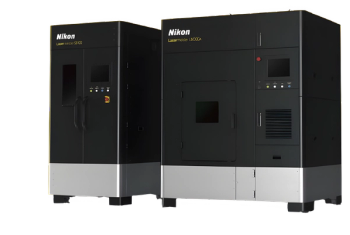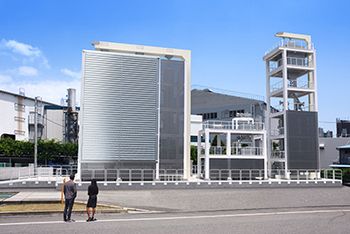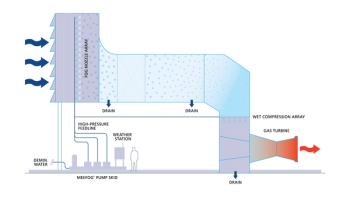
Shell, Sunlink Energies Submit Approval for Gas Project Offshore Nigeria
Key Takeaways
- The HI gas project will deliver 350 million standard cubic feet of gas per day to Nigeria LNG by 2030, enhancing NLNG's capacity.
- Shell's investment in the HI field aligns with its goal to grow LNG volumes by 4-5% annually until 2030, supporting Nigeria's economic development.
The HI field will increase the feedstock at Nigeria LNG through its Train 7 project, expanding the Bonny Island terminal’s production capacity and Shell’s global LNG volumes.
Shell Nigeria Exploration and Production Co. and Sunlink Energies approved the
The HI field will increase feedstock for NLNG through its Train 7 project, expanding the Bonny Island terminal’s production capacity for condensation and transportation to NLNG. The HI offshore project features a wellhead platform with four wells, a pipeline to transport multiphase gas onshore, and a gas processing plant with connection to pipeline transportation. The gas will undergo condensation at the Bonny Oil and Gas Export Terminal.
Discovered in 1985, the HI field’s estimated recoverable resource volumes are approximately 285 million barrels of oil equivalent, aligning with Shell’s target to grow its LNG volumes by 4 – 5% per year until 20230. The project will increase NLNG’s contribution to Nigeria’s economic development goals, like generating jobs in construction and operations. Also, in December 2024, Shell took the FID in the Bonga North project and increased its stake in the Bonga field.
“Following recent investment decisions related to the Bonga deep-water development, today’s announcement demonstrates our continued commitment to Nigeria’s energy sector, with a focus on deepwater and integrated gas,” said Peter Costello, Shell’s Upstream President. “This upstream project will help Shell grow our leading integrated gas portfolio, while supporting Nigeria’s plans to become a more significant player in the global LNG market.”
LNG will play a vital role in Nigeria’s energy transition, emitting less greenhouse gases than coal when used to generate electricity and less emissions than petrol and diesel when used for transport fuel.
Shell Offshore
In April 2025, Shell Offshore started oil production at the
The subsea development’s two production wells will be connected to Appomattox via a 17.5-mile flowline and riser. Shell’s current Dover estimates claim approximately 44.5 million barrels of recoverable oil equivalent, providing stable and secure energy resources for both domestic and international use. Shell Offshore discovered the Dover Reserve in 2018.
Power Generation
In January, Shell Energy North America (SENA) completed the 100% equity stake acquisition of
RISEC’s two-unit combined-cycle gas turbine power plant, completed in and operating since 2002, has a 609-MW maximum capacity and an average operating capacity of 594 MW. This power plant generates electricity via two gas turbines and captures waste heat to produce steam. Then, its steam turbines produce additional power to enhance efficiency and minimize emissions compared to single-cycle power plants.
Newsletter
Power your knowledge with the latest in turbine technology, engineering advances, and energy solutions—subscribe to Turbomachinery International today.





